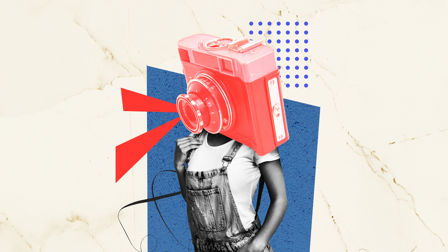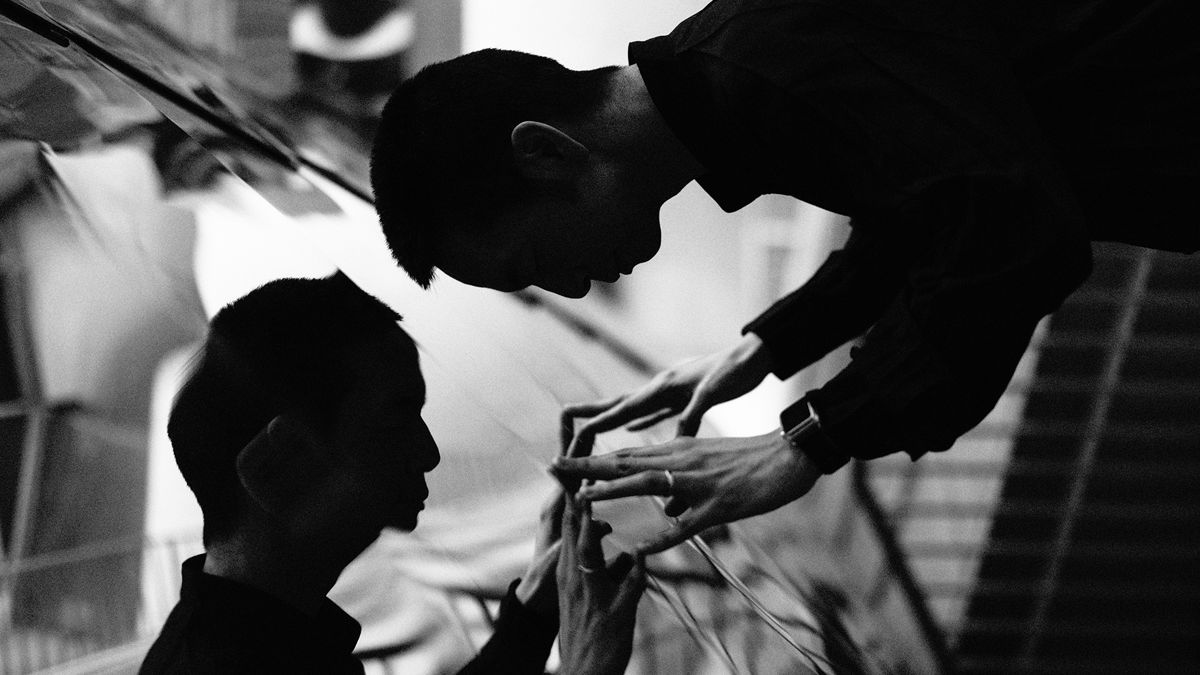John Maeda: the Jack of all trades taking on big tech
Described as the “Warren Buffett of design”, "Da Vinci of the digital age" and named one of Esquire’s most important people of the 21st Century, Publicis Sapient’s new Chief Experience Officer John Maeda has had a career that’s been nothing short of prolific. Kate Hollowood speaks to the designer about coming from nothing, the new meaning of brand experience and helping businesses stand up to the tyranny of the tech giants.
While John Maeda has exhibited artworks worldwide, inspired millions with his TED Talks and books, and now helps to lead a digital consultancy, his career began in a much more local setting – a tofu shop in Seattle’s Chinatown.
To make the tofu, Maeda’s family had to work from 2am to 6pm six days a week. As well as instilling Maeda with an insane work ethic, the family business taught him how fulfilling it is to make something with your hands that others love (this was no ordinary tofu – Japanese air hostesses would stop by the shop as it was even better than the stuff they could get at home).
I don’t know how I would have been able to leave if my parents hadn’t taught me such discipline.
He describes it as a simple background, with his parent’s one hope being that he would go to university.
“When I go back to that part of town, I’m struck by how I should still be there,” says Maeda. “I should still be among those very unclean streets. I don’t know how I would have been able to leave if my parents hadn’t taught me such discipline. They also believed in me in the way that a lot of uneducated parents tend to believe in their children. I think it’s because they had nothing left but hope.”
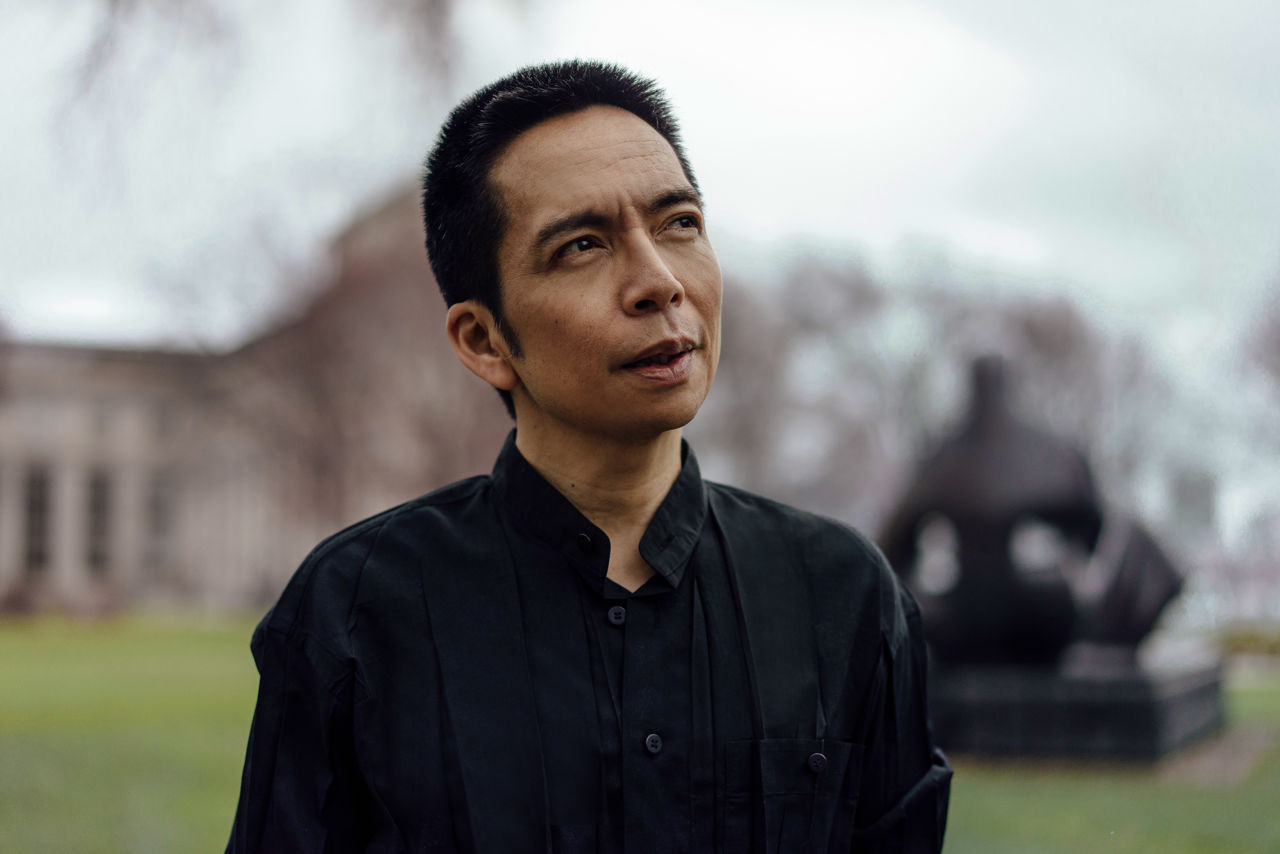
Above: John Maeda.
At school, Maeda discovered he had the unusual gift of being good at both maths and art. His 10th grade chemistry teacher took a shine to him. “I think he thought I was interesting,” says Maeda. “I wasn’t the smartest kind in class. We had no books in our house. But I told him I wanted to go to MIT.”
His teacher told Maeda that to get in, he’d need to to attend a summer school at a local university. He then turned up at the family’s tofu shop one weekend and managed to persuade Maeda’s parents to let him go. “If it wasn’t for him I don’t know if I would have got into MIT,” says Maeda.
I could make anything. The problem was I didn’t know what to make.
But off he went, and it was during his engineering degree that Maeda got stuck into computers and learned how to code. “I could make anything,” he says. “The problem was I didn’t know what to make.”

Above: Tsukuba University's Institute of Art and Design in Japan.
The young engineer decided to fill in this gap by going to art school at Tsukuba University's Institute of Art and Design in Japan.
He laughs remembering how, in his early pen and ink classes, his hand would automatically reach for command Z (the undo key) when he made a mistake. “I was relearning how to use my body,” says Maeda. “It was rewarding in a different way, closer to making tofu.”
The classics will be there for you when you get older.
He planned to become a classical typographer, until one of his professors stopped him in his tracks. “You idiot!” his professor yelled. “You’re young! Do something young with yourself. The classics will be there for you when you get older.” At the time in the early 90’s, Steve Jobs had just launched the NeXT computer. Maeda bought one of the machines and went back to writing software, only now he knew exactly what to make.
His early artwork combines traditional artistic techniques with coding, creating what he once described in a presentation as “canvases of experience”. In one piece, a pixelated rainbow cascades up and down the screen as the viewer moves their cursor, while another displays flickering fields of colour, described by Maeda as “one giant pixel experience”.
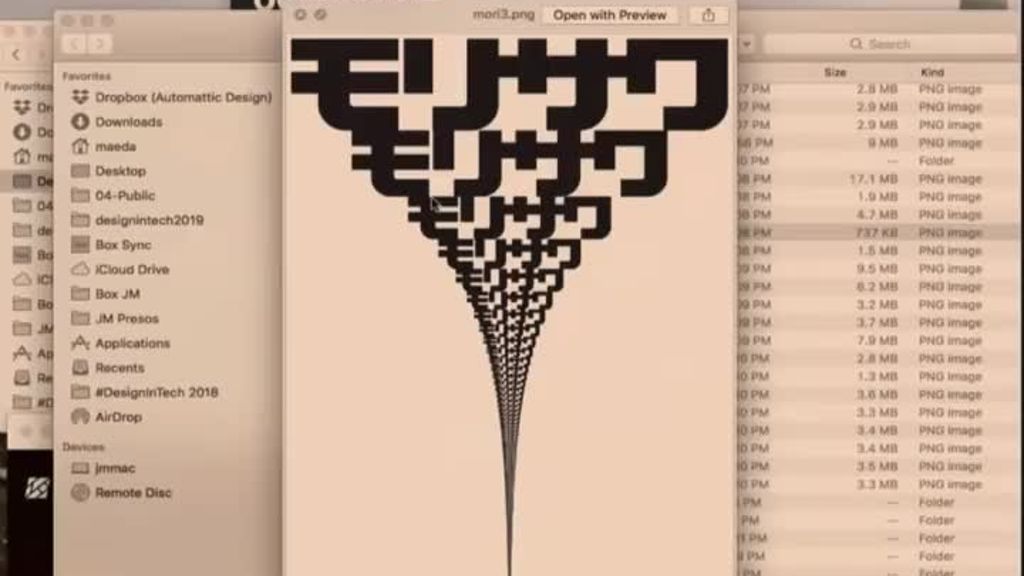
Credits
powered by
Maeda’s work went on to explore the relationship between technology and handcrafted objects. His 2003 F00D (F-zero-zero-D) exhibition at the Cristinerose Gallery, for example, featured digitally adapted scans of french fries, anchovies and Jell-O. For another show at the gallery, he created doodling robot.
As well as his one-man shows, which spanned Paris, London and New York, the artist has work featured in permanent collections at various international galleries, including the Museum of Modern Art.
By treating technology as an artistic medium in its own right, rather than just using it to digitally simulate traditional tools, Maeda revolutionised computer-driven graphic design.

Above: Maeda's work in the Ginza Gallery Exhibition, Tokyo.
“Technology and art was a rare combination,” says Maeda. “That’s why I went to MIT Media Lab as a professor, to teach people how to bridge the two. It wasn’t a very popular combination. I was a bit ridiculed. But now the people that do both are the most valuable people in the job market.”
In 2007, Maeda left MIT Media Lab to become President of Rhode Island School of Design. During this time, he decided to get an MBA “as a hobby”. Eager to put his new business skills into practice, he got a job in Silicon Valley working for VC company Kleiner Perkins Caufield & Byers in 2013.
Is it okay to have a world where only the big tech companies win?
Here he was able to combine his skills across tech, design, operations and business. But he still felt the startup piece was missing, and so left venture capital to join cloud computing company Automattic in 2016.
Finally Maeda felt like he had seen the tech world from all angles.
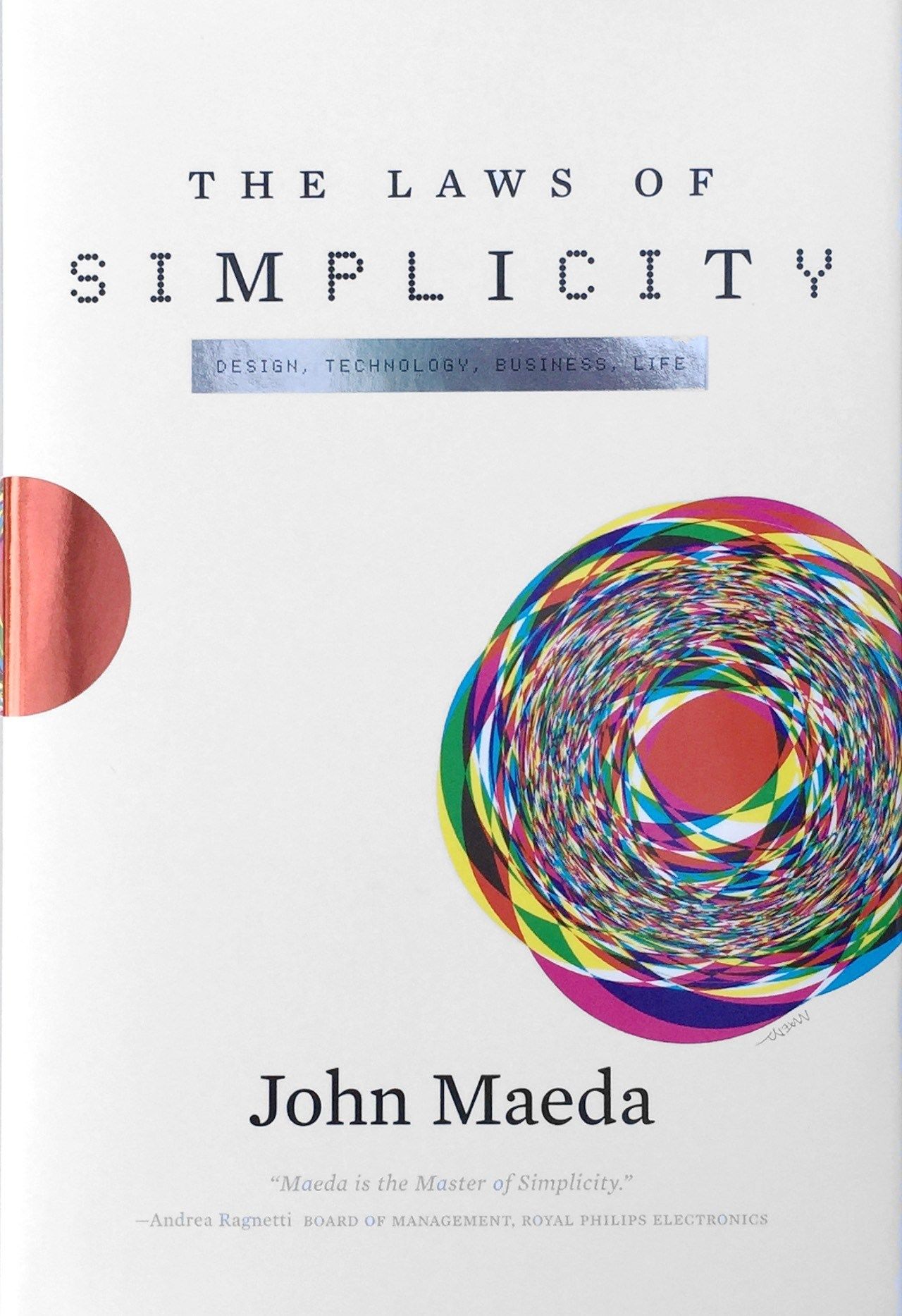
Above: Maeda's 2006 book, The Laws of Simplicity.
Then he met Publicis Sapient CEO Nigel Vaz. “He said to me, is it okay to have a world where only the big tech companies win?” says Maeda. “McDonalds, Lloyds, all these companies that have been around a long time are fighting to not be disrupted by the tech giants. Don’t they have a right to live too?” Publicis Sapient is working to help these companies to stand a fighting chance. Could Maeda join the agency to help them?
“I thought, wow that sounds really hard!” says Maeda. “Because tech companies are so powerful today. Are they media companies? Transportation companies? Banks? What are they?! They’re omni companies that move at the speed of light. I think today we’re just beginning to ask consumers, is there a different way?”
Traditionally, experience is something you’d spray on at the end to make the brand pretty.
Intrigued by Publicis Sapient’s challenge, Maeda joined the agency’s C-Suite as Chief Experience Officer in May 2019. Vaz tasked him to think about how brand experiences - especially those powered by technology - could make a difference to a business’ bottom line. “Traditionally, experience is something you’d spray on at the end to make the brand pretty,” says Maeda. “But Vaz wants us to make sure that experience is involved at the beginning of the conversation and in the brand’s strategy.”
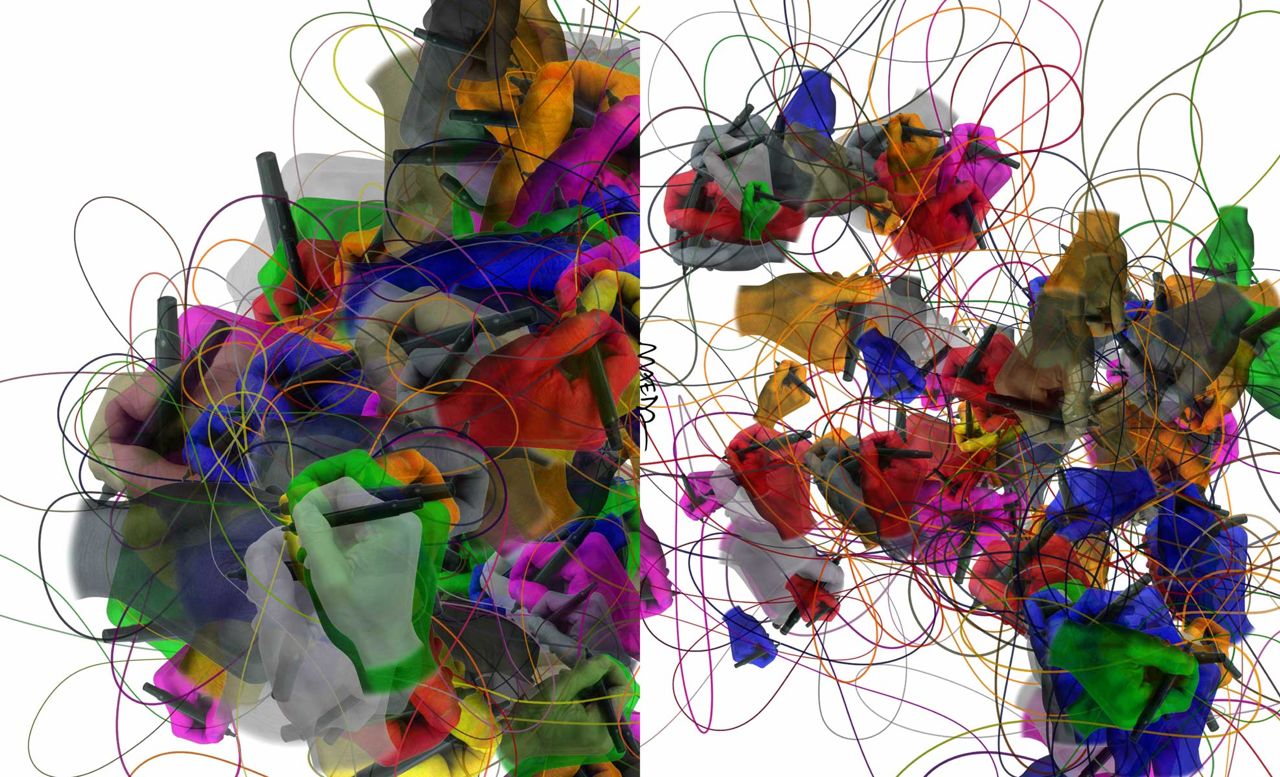
Above: Some of Maeda's illustrations.
The CXO defines experience as everything that the consumer feels, from the moment they hear about a product to the moment it breaks and they need customer support. He believes that in the past, people thought about brand experience as being the initial “wow” moment that persuades consumers to buy a product. “The new way is to design for the ‘after wow’,” he says. This is where the product or service continues to amaze and delight customers weeks after purchase, throughout their experience of it.
The new way is to design for the ‘after wow’.
“It isn’t just about just how beautiful something is, it’s about how deeply it becomes part of one’s life,” says Maeda. “And what’s great about that approach, is that we have to also have ethical questions. How deeply should it be allowed to be a part of your life? Asking questions like this is something tech companies are pretty bad at.”
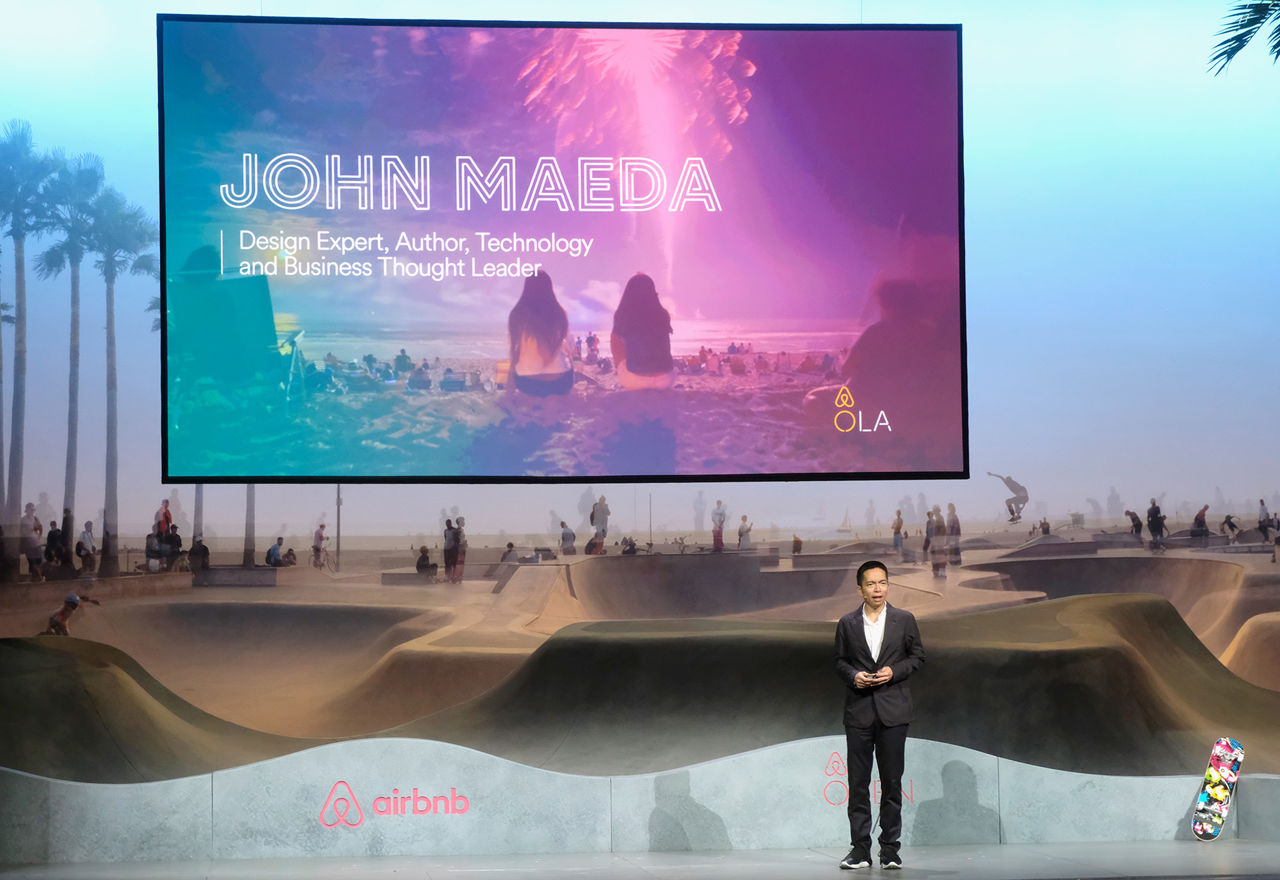
Above: Maeda onstage during Airbnb Open LA - Day 2 in 2016.
On the other hand, he believes that older businesses have survived because they have tended to ask ethical questions. If they had failed to do so, their customers would have punished them. His strategy at Publicis Sapient is to combine what these long-running companies have always done well with the startup mentality of the tech giants.
With 50 offices worldwide, the scale of his task is enormous. “I have to live in every timezone now,” says Maeda. “Someone asked me, don’t you ever get tired? But I’m used to it. I like being there to serve people.
"It’s like having a tofu store again.”
)




 + membership
+ membership



